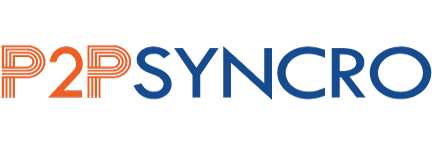Presenting Info vs. Driving Action
Campaign 1 Clickthrough Rate 31%
Campaign 2 Clickthrough Rate 60%
P2P Syncro conducted two email campaigns targeting gastroenterologists in the US. The purpose is to generate interest in learning of LAL-D, a rare disease. The campaign message is described below. A clickable icon for "More Information" is placed at the end of the message.
Campaign 1: Raising Suspicion of LAL-D in Gastroenterology Clinic
Message
- Common Features in LAL-D and fatty liver disease: Excess fat and sometimes fibrosis in the liver. Elevated liver enzymes.
- Different Features in LAD-D and fatty liver disease: LAL-D should be strongly considered if patient has normal weight and abnormal lipid profile.
Campaign 2: Adding LAL-D to the Differentials of Fatty Liver Disease
Message
- LDL-C is usually very high in LAL-D than in fatty liver disease.
- Liver damage progresses more quickly in LAL-D than in fatty liver disease.
- HCPs should test LAL-D in patients with elevated ALT and very high LDL-C despite weight loss.
Results on Engagement
31% of the viewers in Campaign 1 clicked the "More Information" icon, whereas 60% did in Campaign 2. The engagement rate doubled in Campaign 2.
In Campaign 1, disease features were outlined. In Campaign 2, compelling reason for learning (e.g., “liver damage progress more quickly…”) was provided and specific actions that need to be taken (e.g., “test LAL-D in patients with…”) were included.
Discussion and Conclusions
In Campaign 1, disease features were outlined. In Campaign 2, compelling reason for learning (e.g., “liver damage progress more quickly…”) was provided and specific actions that need to be taken (e.g., “test LAL-D in patients with…”) were included.
Physicians respond better to action driven messages. Simply outlining disease features is less effective.
